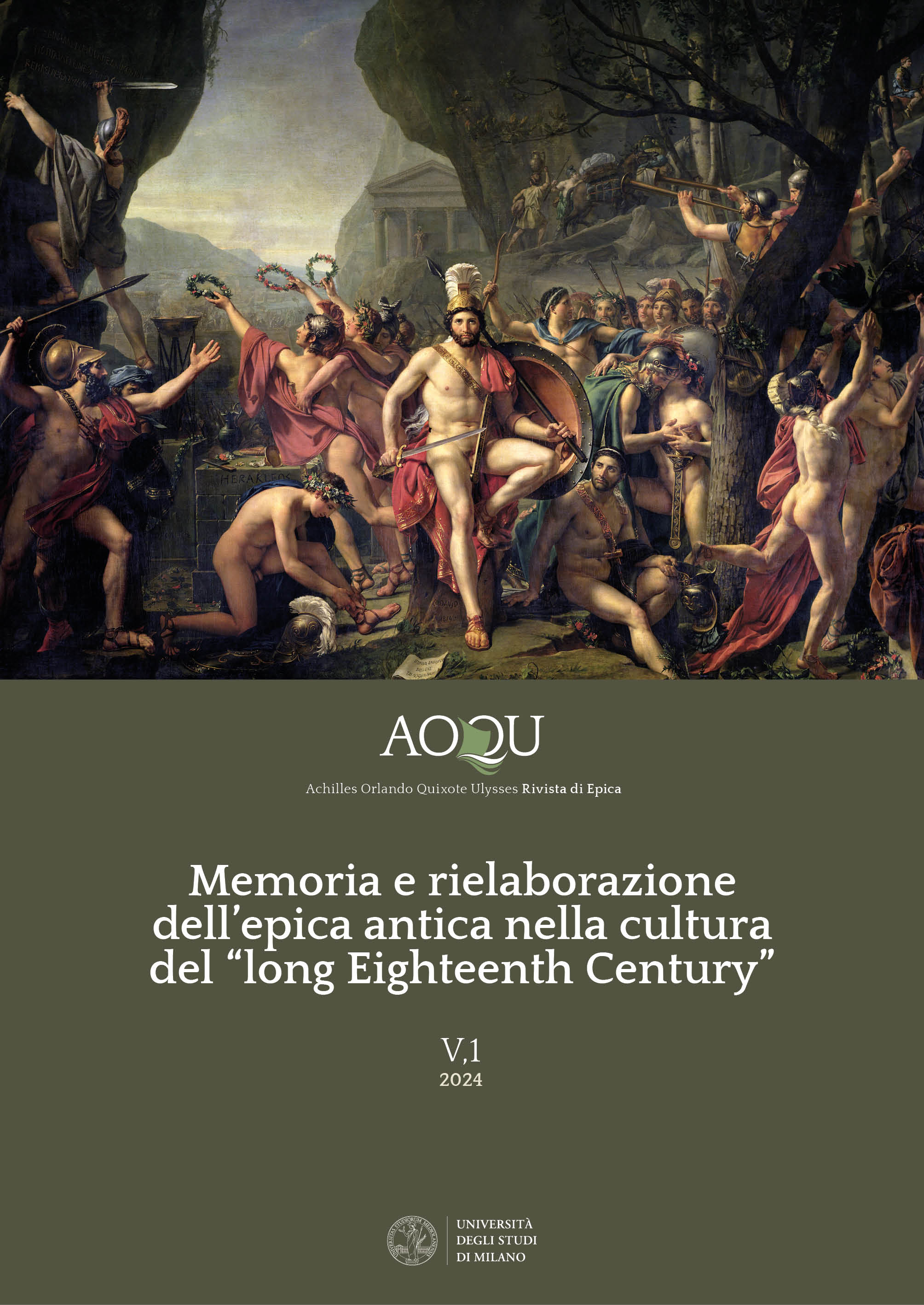Abstract
Montgolfier brothers’ first experiments with the hot-air balloons, which took place in 1783, through the last years of the fading ancien régime, did not fail to capture the public’s attention: artists and literates contributed to disseminate the fascination with the new invention through their prints, their technical observations on flight, and their literary works. In Italy, Vincenzo Monti celebrated the «floating ship» in his ode Al signor di Montgolfier. A member of the Accademia dei Trasformati, a pupil of Giuseppe Parini, a friend with Monti, Ugo Foscolo and Carlo Porta, Vincenzo Lancetti (1766-1851) was a lesser-known man of letters, who likewise devoted to the aerostatic ascension an entire poem, the Areostiade (1803). My talk aims to demonstrate the stylistic and thematic influence of the classical tradition on Lancetti’s poem, an example of the author’s ability to treat the theme of achievements of imagination and progress, by re-functionalizing mythical imagery and formal models.

